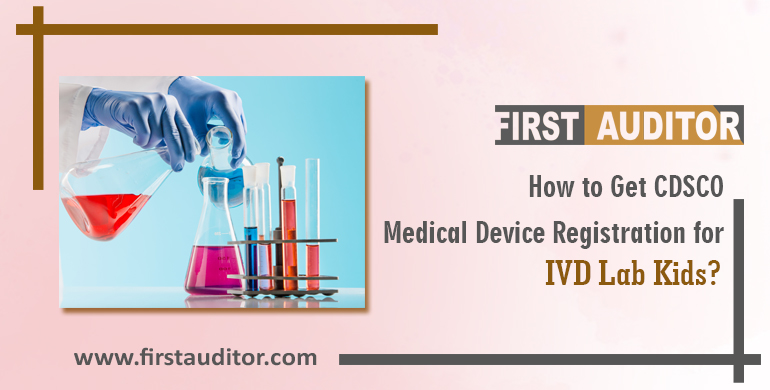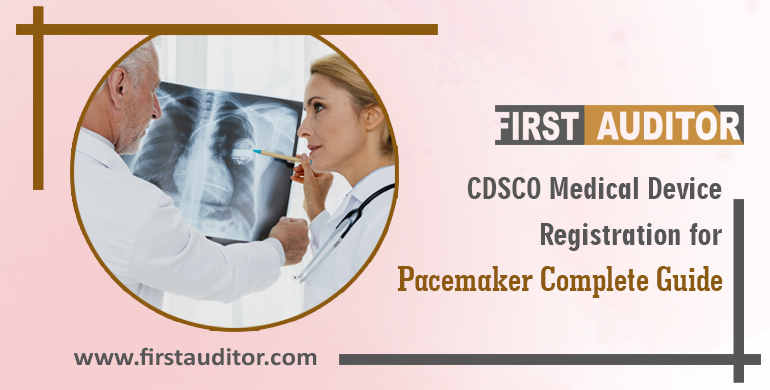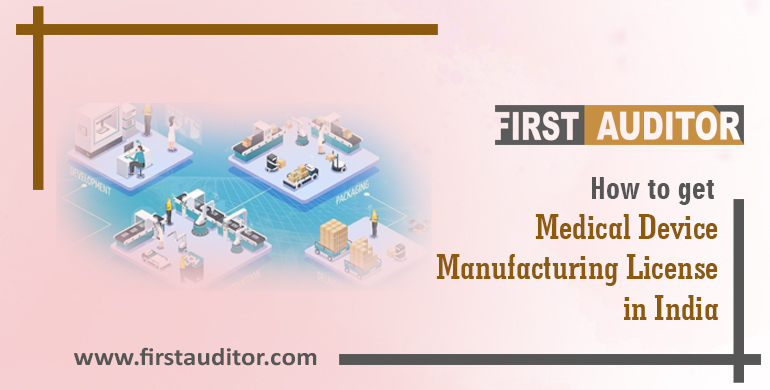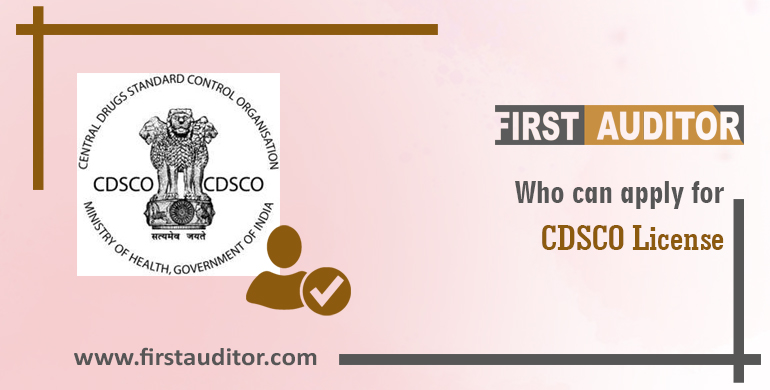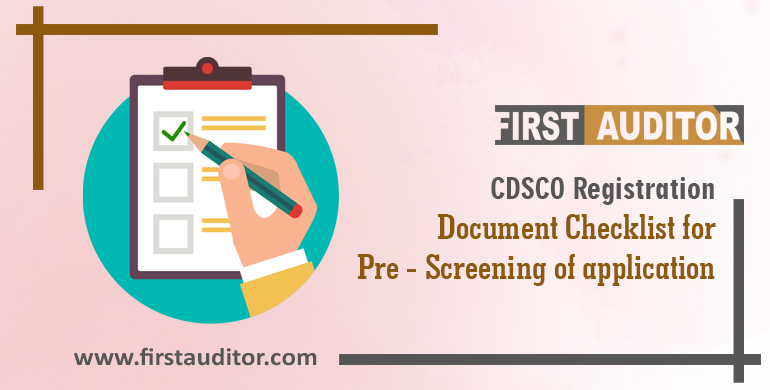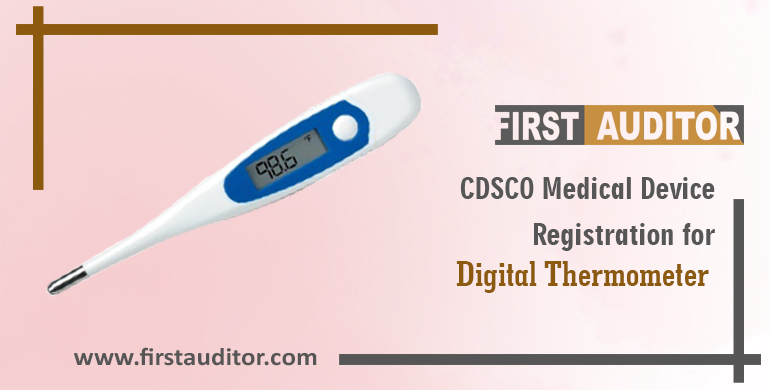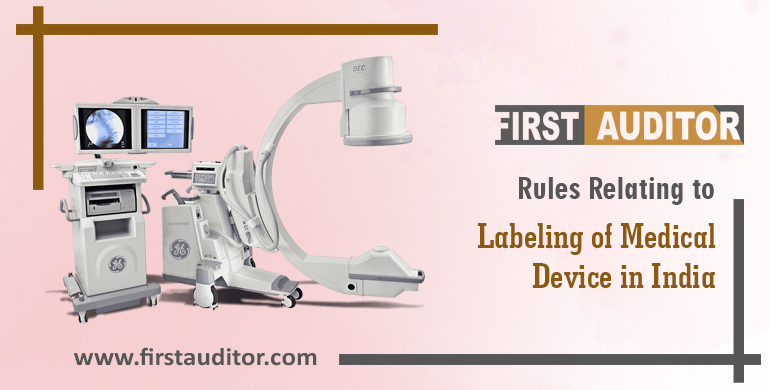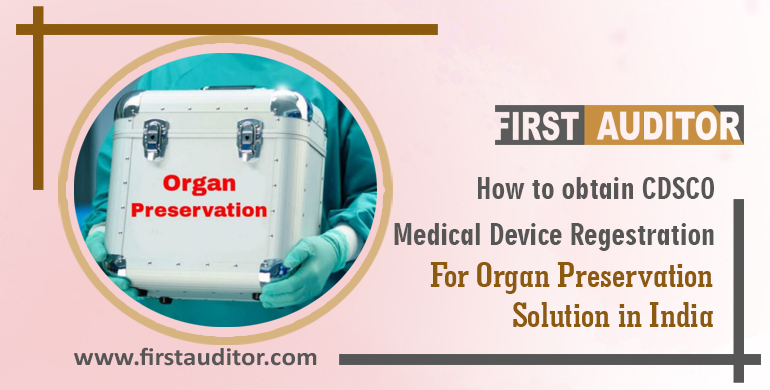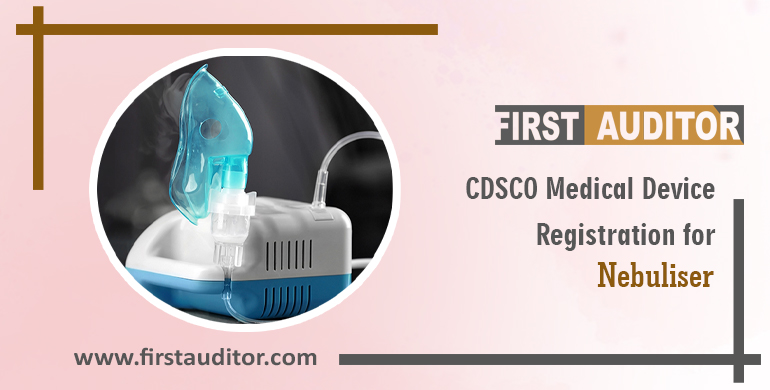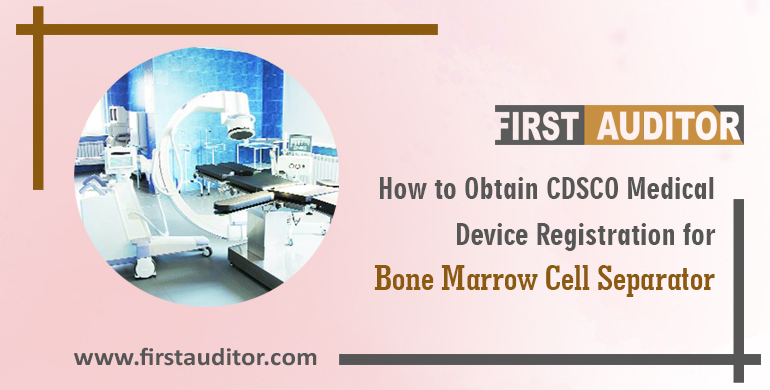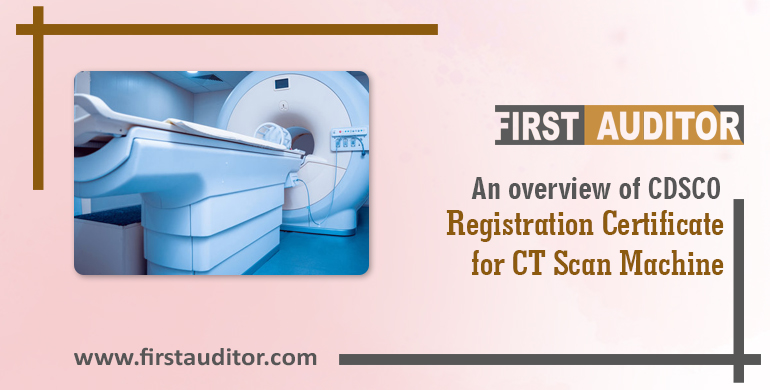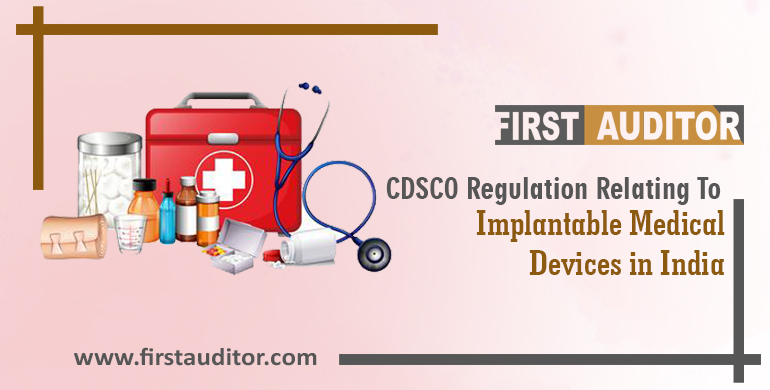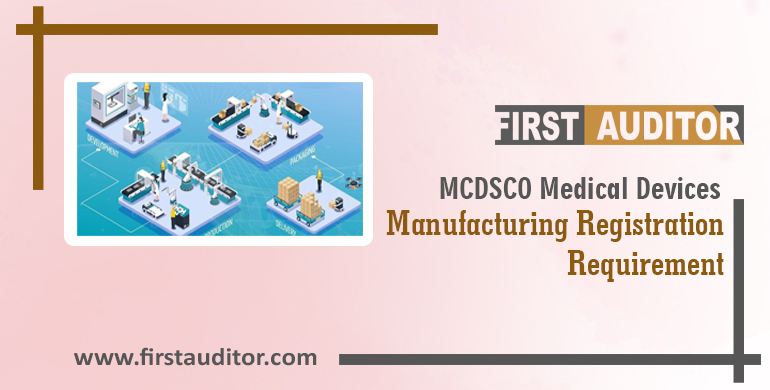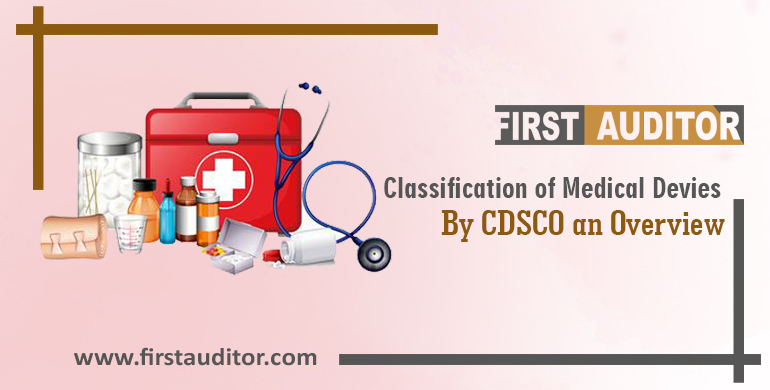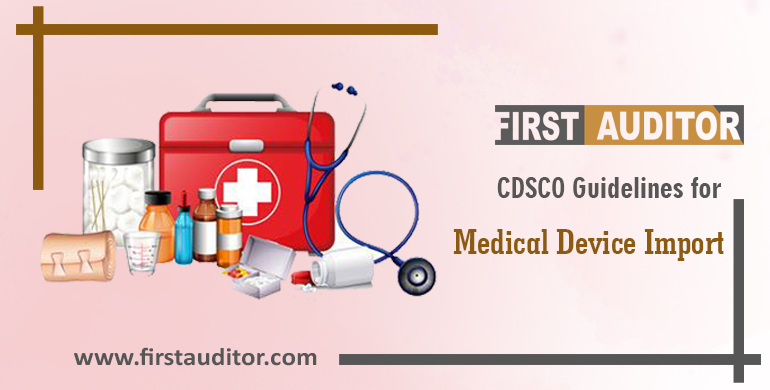
Importance of CDSCO Certificate in Public Health Domain – An Overview
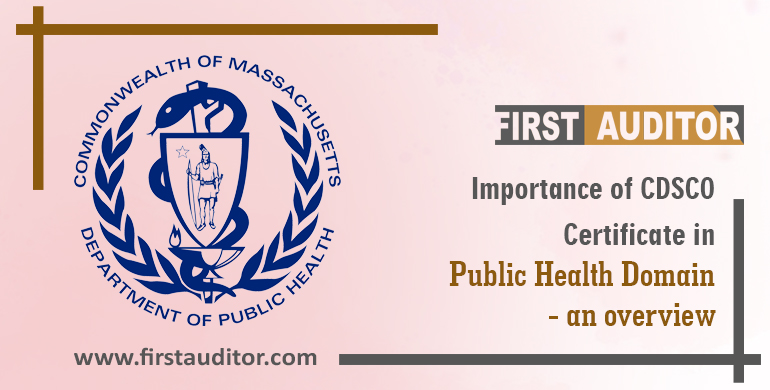
In India, the Central Drugs Standard Control Organization regulates all drugs, medical devices, etc. It monitors the standard and quality of medical devices, drugs, and cosmetics in India. CDSCO is the National Drug Regulatory Authority responsible for establishing regulations and standards for medical devices, drugs, and IVDs. CDSCO Certificate in Public Health Domain plays a significant part as it carries out various functions to support public health.
For instance, CDSCO is responsible for approving Clinical Trials, monitoring the quality of imported drugs, coordinating the activities of State Drugs Control Organizations, providing expert advice to maintain the standard of the Drugs and Cosmetics Act, and for granting and renewing licences for specified categories of drugs and many other medical devices. The functions performed by CDSCO ensure safety and quality standards to the public at large. CDSCO certificate is a guarantee of safety to the public.
Government Regulation in Public Health
Currently, the Government of India is engaged in improving the quality of regulatory practices in the country and achieving a high degree of uniformity among the States. To achieve its Public Health objectives, one of the central government’s primary interventions is to ensure that drugs available in India are safe, effective, and in compliance with prescribed quality standards. A sound regulatory system should aid in developing a science-based regulatory framework to support and advance the nation’s research and development.
The roles and responsibilities include:
- To perform regulatory operations and to ensure consistency, predictability, adaptability, timeliness, and quality in the review process
- Robust scientific review of the applications to ensure Safety, Efficacy, and Quality of Products.
- An efficient self-correction mechanism involves auditing and reviewing the processes to ensure the regulatory framework is appropriate and applicable
- To ensure patient safety, drug quality and effectiveness, and industry expansion, strong stakeholder partnerships that bring together national and international academia, business, and regulators on emerging regulatory topics are essential.
Types of CDSCO registration
CDSCO can grant registration for a variety of reasons, which are listed below:
- Registration of cosmetics
- NOC for export
- Ethical Standards
- Blood Products and Blood Bank
- Formulation Development and Research
- NOC for Dual Use
- BA/BE Authorised sites
The objectives of the CDSCO Certificate in Public Health Domain
CDSCO certification is required because it facilitates the successful completion of specific goals in the public health domain.
- To improve the understanding of regulators and to raise consumer awareness
- Interact and cooperate with various governmental and non-government voluntary organisations to improve the quality of healthcare facilities.
- To establish a sense of dedication in regulators, assist them in improving their professional excellence, and increase their efficiency so that they can better serve and protect the interests of consumers.
- To promote and advance the art of science and pharmaceutical technology in the public’s interest and to develop the highest standards for the Pharmaceutical and Medical Devices industries through technology.
- To provide improved services to the public.
- To foster a science-based, consistent, and predictable regulatory framework to support and promote Research and Development in the nation
Functions of CDSCO Certificate in Public Health Domain
The CDSCO certification enables a variety of functions that benefit public health. The functions include :
- Establishing standards for drugs, cosmetics, and medical devices.
- Establishing regulatory measures, legislative amendments, and rules.
- To authorise the marketing of new drugs.
- To regulate clinical trials in India.
- To approve licences to manufacture certain classes of drugs as the Central License Approving Authority, such as Blood Banks, Medical Devices, r-DNA drugs, Large Volume Parenterals, and Vaccines & Sera.
- To regulate the drug importation standards.
- Activities associated with the Drugs Technical Advisory Board (DTAB) and Drugs Consultative Committee (DCC).
- India’s Pharmacovigilance Program.
- Coordinating activities of state drug control organisations to ensure uniform administration of the Controlled Substances Act and providing policy guidance.
- Participation in the WHO’s GMP certification programme.
- Keeping track of adverse drug reactions (ADR).
- Conducting training programmes for government analysts and regulatory officials.
Role of CDSCO in regulating public health
There were no specific medical device regulations in India; instead, devices were governed by the Drugs and Cosmetics Act of 1940[1]. In order to fill this gap, the Central Drug Standard Control Organization published the Indian Medical Device Rules of 2017 as the new medical device regulations in India. Drugs and medical devices are very important for providing health services to the public at large. The Quality, standards and Efficacy of these medical products are, Application for Clinical Investigation are important to provide health services to the public.
The main objective of the CDSCO and State Drug Regulatory Authorities is to ensure safety to public health by maintaining the safety, efficacy and quality of drugs, cosmetics and medical devices. To provide the best quality drugs, action needs to be taken to regulate the Drugs and Cosmetics Act, 1940 and Rules, 1945.
Necessary challenges to overcome in improving public health
Concerns regarding drug regulatory systems include the following:
- Inadequate or inadequate state-level drug control infrastructure.
- Inadequate facilities for drug testing
- Non-uniform application of laws and regulations
- A deficiency in training for regulatory officials
- Absence of a database
- Inadequate I.T. services.
- It is of the utmost importance to ensure the quality, safety, and efficacy of drugs for both domestic consumers and for export; if this is not the case, it will negatively impact public health, national interest, and India’s international reputation. The capacity and strength of the technical workforce must be increased. It is decided to achieve an optimal system of regulation that ensures uniform enforcement of the laws across the nation by means of training and a strengthened drug regulatory mechanism.
Conclusion
The medical devices industry in India is an essential and integral part of the country’s healthcare industry, especially for the prevention, diagnosis, treatment, and management of all medical conditions, diseases, illnesses, and disabilities. According to the Drugs and Cosmetics Act, 1940, the Medical Device Sector remained largely unregulated until 2017, when the Medical Device Rules, 2017 were enacted by the Central Drugs Standard Control Organization (CDSCO) for the comprehensive regulation of medical devices (M.D.s), with a focus on quality, safety, and efficacy.
The medical device industry is comprised of multiple product categories, including (a) Electronics Equipment; (b) Implants; (c) Consumables and Disposables; (d) IVD reagents; and (e) Surgical Instruments. The Indian medical device market is influenced by multinational corporations, with imported medical devices accounting for approximately 80% of sales by value.


